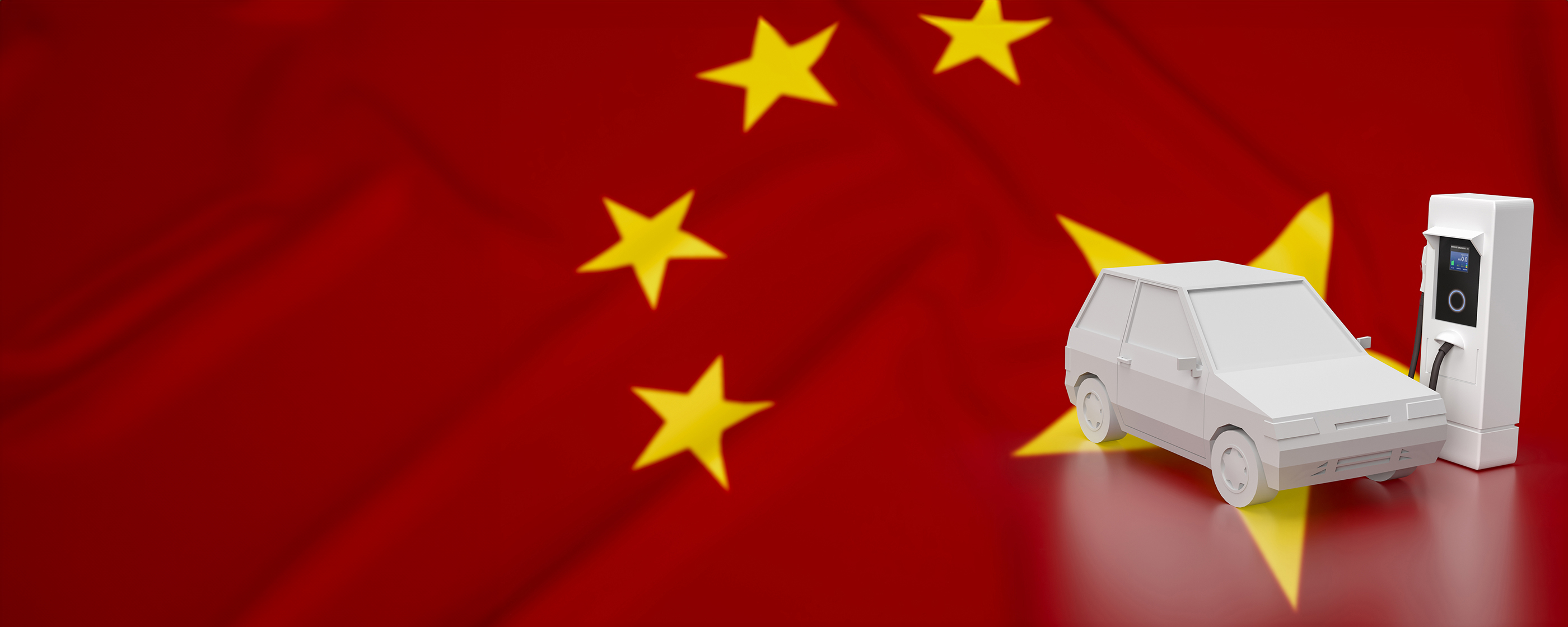Overcoming adversity through innovation – Daikin at 100 (C): China market lessons
Daikin’s success in the Chinese air conditioning market serves as a compelling case study in strategic adaptation and collaboration. Following its entry into the market in the 1990s, Daikin faced formidable competition from well-established domestic brands like Gree and Midea. Despite the initial challenges of breaking through in a fragmented and competitive landscape, Daikin’s innovative inverter technology became a distinguishing feature of its product offerings. The watershed moment in Daikin’s trajectory occurred in 2008 when it formed a strategic partnership with Gree, China’s largest air conditioner manufacturer. This collaboration enabled Daikin to tap into Gree’s expansive distribution network and manufacturing expertise, significantly enhancing its own market reach. The partnership proved mutually beneficial; Gree capitalized on Daikin’s advanced inverter technology while Daikin secured a foothold in a market driven by increasing consumer demand for energy-efficient solutions. By 2012, inverter air conditioners claimed over 60% of the Chinese market share, a figure that surged to over 90% by 2024, illustrating the success of their joint efforts. Furthermore, Daikin’s commitment to sustainability was manifested in its pioneering use of HFC-32 refrigerant, known for its low global warming potential. By openly licensing HFC-32 patents globally, Daikin not only positioned itself as an environmental leader but also fostered industry-wide innovation. This case highlights the critical importance of strategic partnerships and innovation in overcoming competitive challenges and underscores Daikin’s role as a transformative force in the global air conditioning market.
- Navigating competitive markets through collaboration: Analyze how, rather than solely focusing on rivalry, companies can strategically enter highly competitive markets by leveraging partnerships with competitors, demonstrating that collaboration can lead to mutual success.
- Creating win-win scenarios: Explore the strategies employed by Daikin and Gree that enabled them to coexist and thrive in a crowded marketplace, highlighting the importance of finding common ground with competitors for shared benefits.
- Building a responsible business model: Discuss the significance of corporate social responsibility and sustainable practices in building a reputable brand, illustrating how businesses can achieve profitability while positively impacting society and the environment.
- Driving technological advancements for competitive advantage: Examine how shared innovation can lead to breakthroughs in technology, emphasizing the role of joint ventures in advancing industry standards and improving overall market offerings.
Daikin Industries, Consumer Goods, Home Appliances
1924-2024
Cranfield University
Wharley End Beds MK43 0JR, UK
Tel +44 (0)1234 750903
Email [email protected]
Harvard Business School Publishing
60 Harvard Way, Boston MA 02163, USA
Tel (800) 545-7685 Tel (617)-783-7600
Fax (617) 783-7666
Email [email protected]
NUCB Business School
1-3-1 Nishiki Naka
Nagoya Aichi, Japan 460-0003
Tel +81 52 20 38 111
Email [email protected]
IMD retains all proprietary interests in its case studies and notes. Without prior written permission, IMD cases and notes may not be reproduced, used, translated, included in books or other publications, distributed in any form or by any means, stored in a database or in other retrieval systems. For additional copyright information related to case studies, please contact Case Services.
Research Information & Knowledge Hub for additional information on IMD publications
- Overcoming adversity through innovation – Daikin at 100 (A): Leadership lessons
- Overcoming adversity through innovation – Daikin at 100 (C): China market lessons
- Overcoming adversity through innovation – Daikin at 100 (A): Leadership lessons
- Overcoming adversity through innovation – Daikin at 100 (C): China market lessons
Research Information & Knowledge Hub for additional information on IMD publications
Research Information & Knowledge Hub for additional information on IMD publications
The board of Nestlé S.A. announced that Anna Mohl would become the CEO of Nestlé Health Science (NHSc) — a global leader in nutritional science — on 1 January 2024. She was delighted to hear about her new position but knew there was little time to...
The China Resources Beer (CR Beer) case study is a compelling narrative of the world’s largest beer producer by volume under the leadership of CEO Hou Xiaohai. In 2016 CR Beer embarked on a pivotal transformation journey. This case study offers cr...
BARCELONA, JANUARY 2023. What started in 2016 as a humble entrepreneurial attempt to contribute to a more sustainable future had turned into a solid eyewear brand present in major Western markets. François van den Abeele was even more excited by t...
Five friends created DIDA in 1983 and turned it into a global provider of IT infrastructure and services. Riding the wave of rapid growth of communication networks and increasingly global business relationships of corporations, DIDA established it...
Case reference: IMD-7-2636 ©2025
Research Information & Knowledge Hub for additional information on IMD publications
Research Information & Knowledge Hub for additional information on IMD publications
Research Information & Knowledge Hub for additional information on IMD publications
in I by IMD
Research Information & Knowledge Hub for additional information on IMD publications
Research Information & Knowledge Hub for additional information on IMD publications
in I by IMD Brain Circuits 28 January 2025
Research Information & Knowledge Hub for additional information on IMD publications
Research Information & Knowledge Hub for additional information on IMD publications
Research Information & Knowledge Hub for additional information on IMD publications
Research Information & Knowledge Hub for additional information on IMD publications
NTT Corporation, Japan’s information and communication technologies (ICT) leader since 1953, was the first to commercialize internet usage on mobile phones in the 1990s, which resulted in NTT achieving much success in Japan. However, by the end of...
Building on NTT (A), the case starts with NTT’s CEO having narrowed down strategic growth options with the board to prepare NTT for the future. Past international investments in AT&T Wireless and KPN to tap into foreign markets had resulted in bil...
Research Information & Knowledge Hub for additional information on IMD publications





